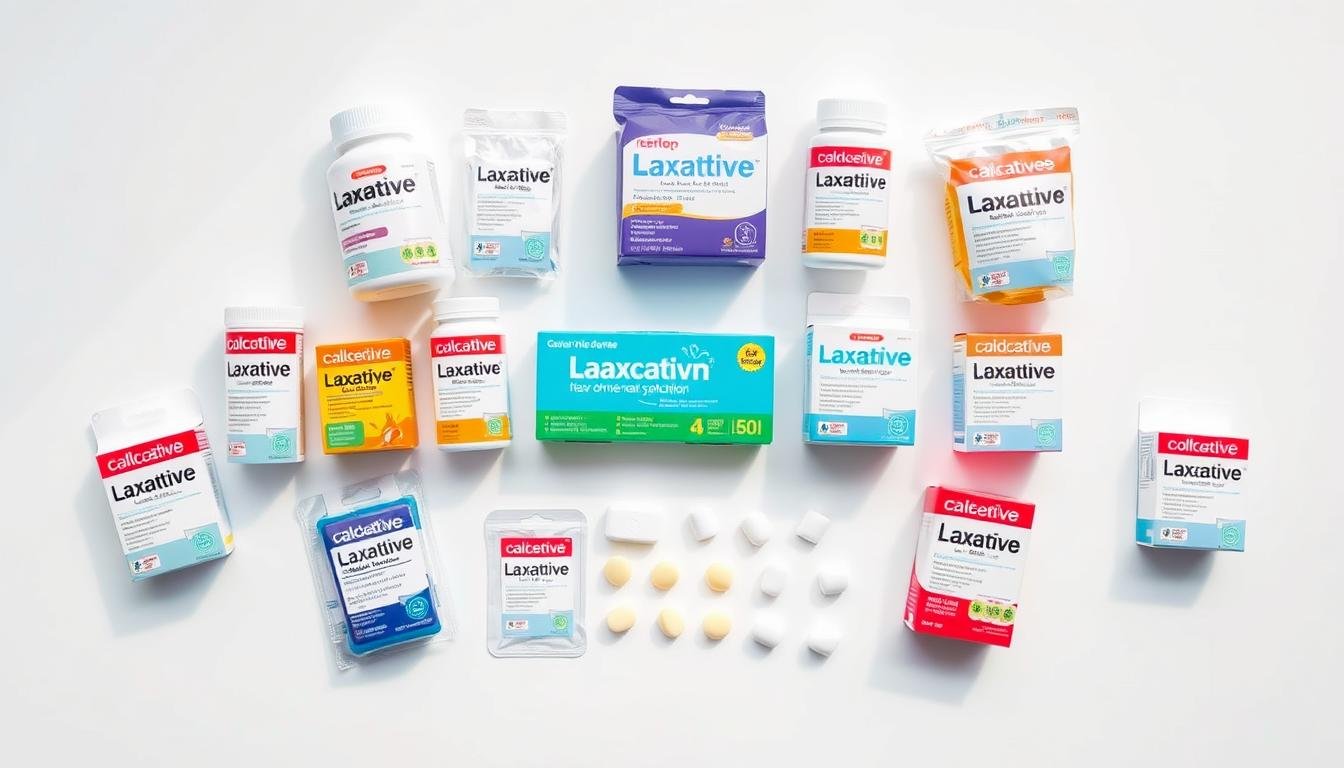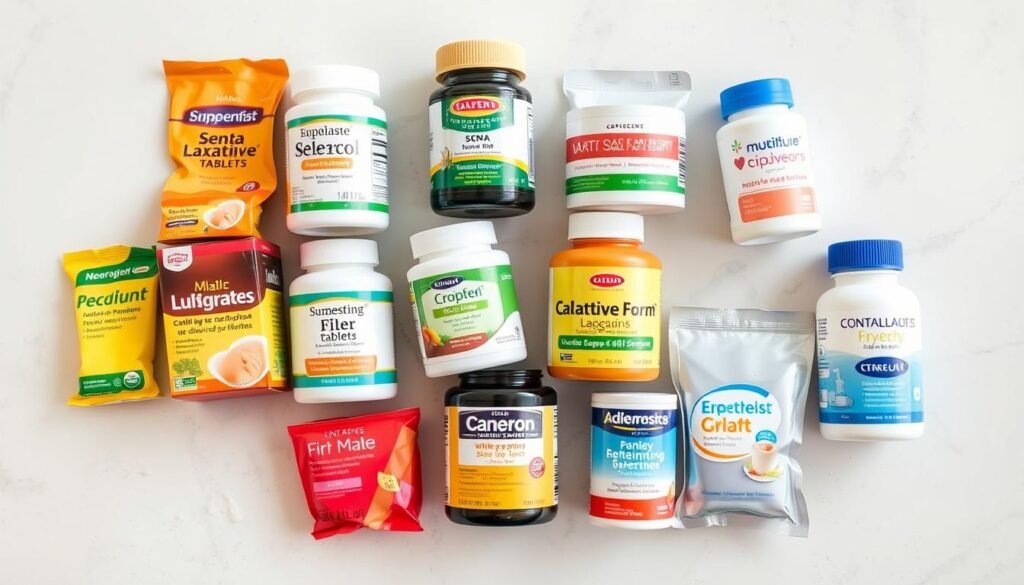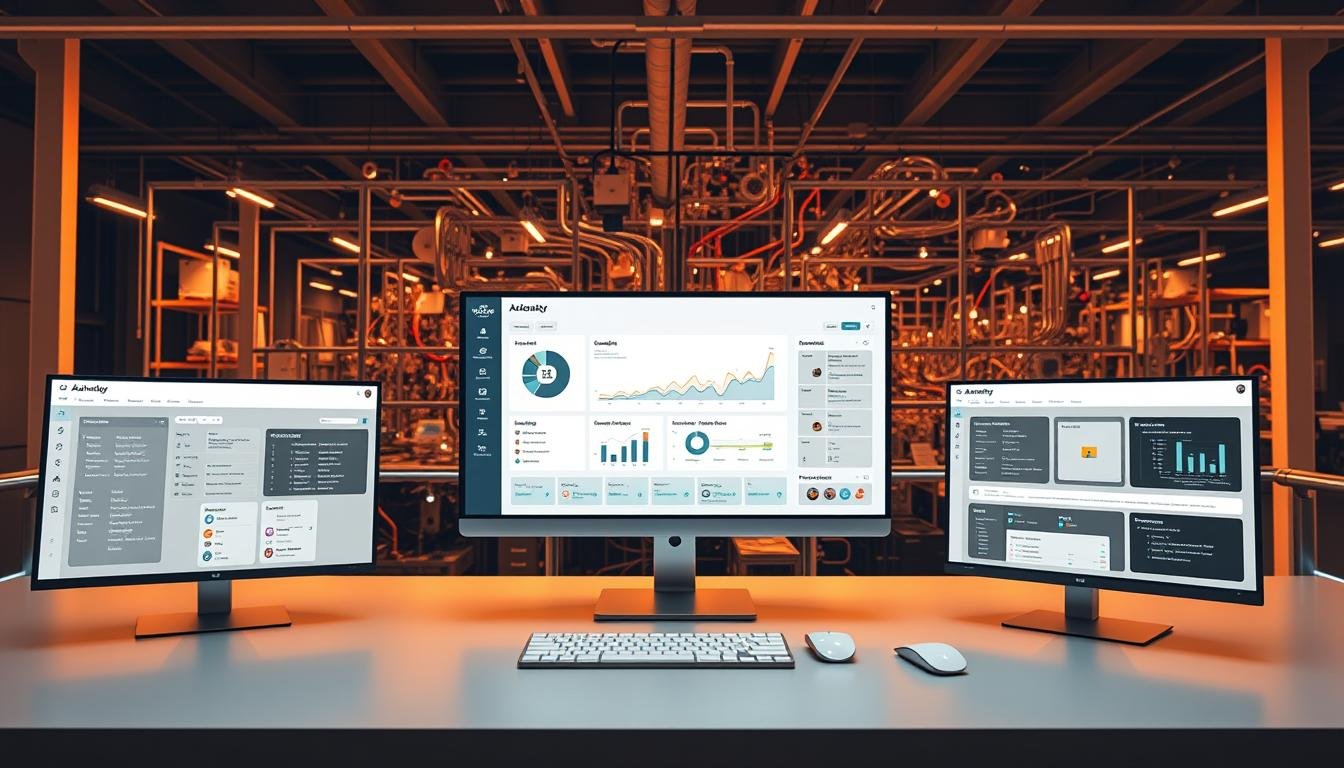Is your little one struggling with discomfort due to irregular bowel movements? Many parents worry about the best ways to help their kids stay healthy and comfortable. While occasional constipation is common, knowing when and how to address it safely is crucial.
Pediatric experts emphasize evidence-based solutions to support digestive health. FDA-approved options exist, but medical supervision is key—especially for long-term use. Natural alternatives can also play a role in maintaining regularity.
Understanding the balance between safety and effectiveness helps caregivers make informed choices. Let’s explore what every parent should consider before taking the next step.
Key Takeaways
- Childhood constipation is common but manageable with the right approach.
- Always consult a pediatrician before using any treatment.
- FDA-approved options are available for safe use.
- Natural methods can complement medical solutions.
- Long-term use requires professional guidance.
Understanding Childhood Constipation and the Role of Laxatives
Many young ones experience irregular bathroom habits that cause concern. While occasional changes are normal, persistent issues may signal functional constipation. Recognizing the causes helps parents take proactive steps.
What Causes Constipation in Kids?
Developmental shifts like potty training or school bathroom avoidance disrupt routines. The body may struggle to adapt, leading to fewer than three bowel movements weekly—a clinical threshold.
Diet plays a key role. Low fiber intake or too much dairy can harden stools. Research shows 25–35% of cases involve painful anal fissures, making kids withhold stools due to fear.
When Are Laxatives Necessary?
The AAP recommends intervention after two weeks of unresolved symptoms. Impacted stool or chronic idiopathic constipation children face often requires medical support.
In early years, gentle solutions like dietary adjustments work best. But when natural methods fail, supervised treatments restore bowel health safely.
Are Laxatives Safe for Children? Key Considerations
Parents often wonder about the safety of treatments for digestive issues in young ones. While some options are generally safe, others require caution. Medical supervision ensures the right balance between relief and risk.
FDA-Approved Options for Pediatric Use
Polyethylene glycol (PEG 3350) is widely recommended for kids over six months. The FDA confirmed its safety in a 2014 review. It works gently as an osmotic agent, drawing water into the bowels.
Stimulant types like senna are less ideal. Studies suggest limiting them to one week. They may cause cramps or dependency with long-term use.
Understanding the Risks
Electrolyte imbalances are rare but serious side effects. Low potassium or sodium levels can occur with prolonged use. The AAP advises regular check-ups for chronic cases.
Dependency is another concern. The gut may struggle to function without help. Always follow dosage guidelines and explore dietary fixes first.
Types of Safe Laxatives for Kids
Pediatricians categorize digestive aids based on how they work. Each type addresses irregularity differently, from softening stools to stimulating movement. Understanding these differences helps caregivers choose wisely.
Osmotic Options: Gentle Hydration Support
Osmotic laxatives like polyethylene glycol (PEG 3350) pull water into the bowels. Brands such as Miralax® dissolve easily in drinks. They’re approved for kids over six months and cause fewer cramps.
Lactulose, another osmotic type, lowers stool pH for easier passage. These are often powder-based and require precise dosing by weight.
Stool Softeners: Safe for Youngest Ages
Stool softeners like docusate sodium (Colace®) add moisture to hard stools. Texas Children’s Hospital approves drops for infants under three years. They’re non-stimulating but may take days to work.
These are ideal for short-term use or post-surgery recovery. Avoid combining with other types unless a doctor advises.
Stimulant Types: Limited Use Caution
Stimulant laxatives (e.g., senna in Ex-Lax®) trigger bowel contractions. They’re faster-acting but risk cramps or dependency. The AAP suggests limiting use to one week.
Magnesium hydroxide is a milder stimulant option. Always check age limits—some aren’t safe under age six.
- Never mix types without pediatric guidance.
- Chewables or suppositories suit kids who refuse liquids.
- Track doses to prevent electrolyte imbalances.
How to Administer Laxatives to Children
Giving the right dose at the right time helps kids stay comfortable and healthy. Weight-based measurements and simple tricks ensure treatments work effectively without stress.
Dosage Guidelines by Age and Weight
Pediatricians recommend 0.5–1.5g/kg/day for PEG 3350, like Miralax®. Smaller doses suit toddlers, while older kids may need adjusted amounts. Always use a kitchen scale or syringe for accuracy.
For other types, check labels or ask your doctor. Stool softeners often come in liquid drops for younger ages. Avoid guessing—measure every dose.
Tips to Improve Taste and Compliance
Mix powdered options with chilled apple juice to taste better. Cold liquids mask flavors better than room-temperature ones. Use a fun cup or straw to make it easier.
Reward systems like sticker charts encourage consistent use. Role-play with toys can ease anxiety about taking medicine. Always offer water after syrupy doses to rinse their mouth.
- Hydration matters: Offer extra water throughout the day.
- Split doses if needed—morning and evening often work best.
- Brush teeth after sweetened liquids to prevent cavities.
Natural Alternatives to Laxatives for Mild Constipation
Simple dietary changes can often ease digestive discomfort in young ones. For mild cases, fiber, hydration, and gut-friendly foods work effectively. These methods support long-term health without medical intervention.
Boosting Fiber and Hydration
The NIH recommends 19g of fiber daily for kids aged 4–8. Pears, chia seeds, and whole-grain pasta are tasty options. Pair these with 5 cups of water daily for preschoolers to soften stools naturally.
Prunes and applesauce are gentle choices. A balanced plate with veggies and legumes adds variety. Small, frequent meals help the body adjust smoothly.
Probiotics and Gut-Healthy Foods
Studies show probiotics like Lactobacillus GG reduce constipation duration by 40%. Culturelle® and FlorastorKids® are trusted strains. Try kefir or yogurt at breakfast for a flavorful boost.
Combine prunes with kefir in smoothies for a dual effect. Fermented foods like sauerkraut also aid digestion. Always introduce new foods gradually to avoid bloating.
- Movement matters: Child-friendly yoga poses (e.g., knees-to-chest) stimulate bowel activity.
- Track progress with a food diary to identify what works best.
- Consult a dietitian if symptoms persist beyond two weeks.
Potential Side Effects of Laxatives in Children
Every solution has trade-offs—understanding risks ensures safer care. While treatments help get rid of discomfort, some side effects require vigilance. Recognizing these early prevents complications.
Electrolyte Imbalances and Dehydration
Prolonged laxative use may disrupt mineral levels. Research shows 12% of long-term users develop hypokalemia (low potassium). Watch for muscle cramps, fatigue, or less urination.
Stimulant types carry higher risks. The AAP caps their use at eight weeks. Hydration offsets some effects, but severe cases may need medical intervention.
Dependency Concerns
Overuse can weaken natural bowel function. Abrupt stopping might cause rebound constipation. Pediatricians recommend gradual weaning under supervision.
Paradoxical diarrhea signals overuse. Emergency signs like confusion or rapid heartbeat demand immediate care. Balance relief with long-term gut health.
When to Consult a Pediatrician
Recognizing when home care isn’t enough can prevent complications. Texas Children’s Hospital data shows 30% of cases need specialist referral. Watch for patterns lasting over two weeks despite treatment efforts.
Red Flags: Severe Pain or No Improvement
Constipation infants under one year require urgent evaluation if vomiting occurs. Bloody stools or weight loss signal potential bowel obstruction. These demand same-day assessment.
For older kids, abdominal swelling with fever suggests infection. Begin Health research notes biofeedback therapy helps 68% of chronic cases when started early.
Chronic Constipation Management
Cases lasting months need tailored plans. Pediatric GIs may order abdominal X-rays or anorectal manometry tests. These assess muscle function in infants children over four years.
Prescription options like lubiprostone boost fluid secretion. Multidisciplinary practice teams often include dietitians for meal planning. Insurance typically covers these services with prior authorization.
- Track symptoms: Note stool frequency, consistency, and pain levels
- Ask about non-drug therapies: Biofeedback has 80% success in clinical trials
- Prepare questions: Bring a list of attempted remedies to appointments
Parent FAQs: Addressing Common Concerns
Common worries about growth and long-term use deserve clear answers. Many caregivers seek reassurance about generally safe practices and age-appropriate care. Here’s what research and experts say.
Can Digestive Treatments Stunt Growth?
A 5-year NIH study found no growth impairment from PEG 3350 use. These ways laxatives work locally in the gut without affecting nutrient absorption. Bone health remains unaffected when used as directed.
Myths about dependency or developmental delays lack evidence. Clinical trials show normal height and weight gains in treated kids. Always pair treatments with balanced meals for optimal childhood development.
Safe Duration for Treatment Plans
HealthEd NZ notes average use spans 6–24 months for chronic cases. Short-term solutions (age and progress.
Transition strategies include:
- Gradual reductions paired with fiber-rich diets
- Tracking bowel habits to spot natural improvements
- Regular check-ins to update the care plan
Success stories highlight restored routines without rebound issues. One Mayo Clinic case saw a 7-year-old regain regularity within 3 months using PEG and dietary tweaks.
Conclusion: Making Informed Choices About Laxatives for Children
Navigating digestive care for young ones requires careful consideration. Prioritize health by assessing severity, age, and duration of symptoms. Always partner with your child’s doctor to create a tailored treatment plan.
For safety, osmotic options work best, followed by softeners. Stimulants should be short-term. Increase water intake and fiber to maintain softer stool consistency naturally.
Download our printable medication tracker to monitor progress. For emergencies, save poison control contacts. With the right approach, comfort and wellness are within reach.
FAQ
What causes constipation in kids?
Common triggers include low fiber intake, dehydration, lack of physical activity, or delaying bathroom visits. Stress and certain medications may also contribute.
When are laxatives necessary?
They’re recommended when dietary changes fail or if a child experiences painful bowel movements, bloating, or infrequent stools for over two weeks.
Are there FDA-approved options for pediatric use?
Yes. Polyethylene glycol (MiraLAX) and docusate sodium (Colace) are commonly approved for kids, but always check labels for age restrictions.
What are the risks of long-term use?
Prolonged reliance may lead to electrolyte imbalances or dependency. Always follow a doctor’s guidance for extended treatment.
How do osmotic laxatives work?
They draw water into the intestines to soften stools. Polyethylene glycol is a popular choice because it’s tasteless and mixes easily with drinks.
Are stimulant types safe for kids?
Senna-based products should be used sparingly and only under medical supervision due to potential cramping or dependency issues.
What’s the correct dosage for my child?
Dosing depends on age, weight, and severity. Pediatricians often start with the lowest effective amount and adjust as needed.
Can I mix laxatives with food or drinks?
Yes. Adding flavorless options like MiraLAX to juice or yogurt can make them more palatable for picky eaters.
What natural remedies help mild cases?
Increase water intake, fiber-rich foods (pears, whole grains), and probiotics like yogurt. Gentle belly massages may also stimulate movement.
What side effects should I watch for?
Diarrhea, bloating, or abdominal pain are common. Severe symptoms like dizziness or vomiting require immediate medical attention.
When should I call a doctor?
Seek help if constipation lasts over two weeks, includes blood in stools, or is accompanied by fever or weight loss.
Can these treatments affect growth?
No evidence suggests properly dosed laxatives impact growth. Chronic untreated constipation poses greater risks to health.









